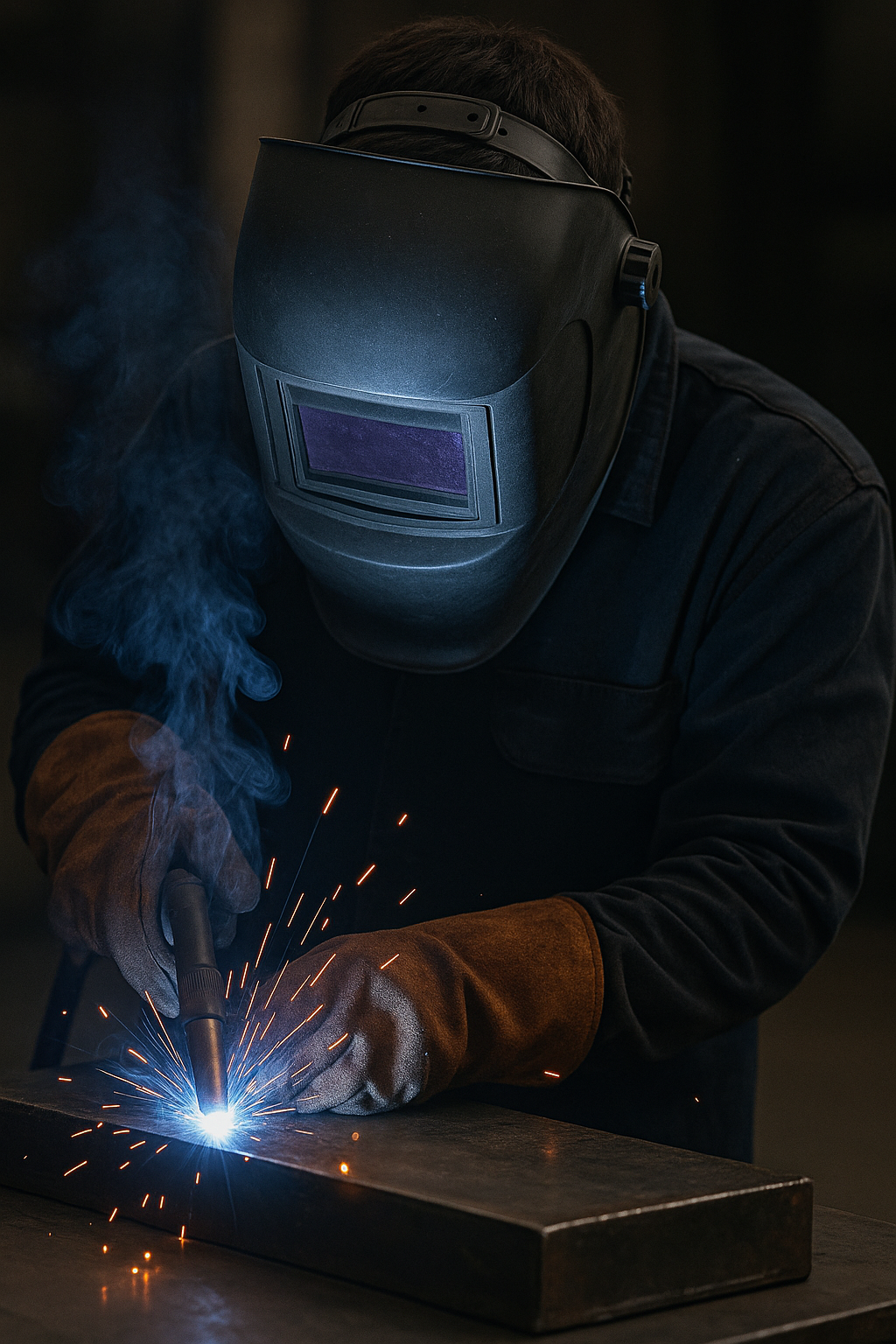
Why Welding Helmet Optical Ratings Matter
Share
Welding isn’t just about sparks flying it’s about precision, control, and protecting your vision from one of the most intense light sources in any workplace. A welding helmet does more than shield you from heat and debris; its true job is to safeguard your eyes. The quality of that protection is measured by something many welders overlook: optical ratings.
More Than Just Shade Numbers
Auto-darkening helmets come with plenty of information stamped on the lens light state, dark shade range, manufacturer details, and standards like EN 379. While this confirms the helmet meets safety requirements, it doesn’t tell the whole story about what you’ll actually see when you strike an arc. That’s where optical ratings come into play.
Breaking Down Optical Ratings
Under EN 379, optical performance is graded with a series of four numbers (for example, 1/1/1/1). Each digit evaluates a different quality of the lens, with “1” being the best possible score:
- Optical Class (Clarity): Measures how sharply you can see without distortion.
- Diffusion of Light: Reduces scattered light that can blur your vision or cause fatigue.
- Homogeneity: Ensures even shading across the lens so you’re not distracted by light or dark patches.
- Angular Dependence: Checks how well the lens maintains shading when you look at the arc from different positions.
A perfect 1/1/1/1 rating means clear vision, even shading, and reliable comfort no matter the task.
Why Angle Performance Matters Most
While all four factors are critical, angular dependence often separates average helmets from professional-grade gear. Welding rarely happens straight-on more often, you’re overhead, crouched, or reaching around an obstruction.
- Class 1: Delivers consistent visibility from every angle.
- Class 2: Still dependable, with only slight edge variations.
- Class 3: Noticeable inconsistencies that can strain your eyes and throw off your accuracy.
Think of poor angular performance like looking through a set of blinds the view changes with every shift. For a welder, that inconsistency isn’t just annoying, it can lead to mistakes and fatigue.
Safer, Sharper Welds
Strong optical ratings aren’t just numbers on a spec sheet. They translate directly to better weld quality, less eye strain, and greater safety over long shifts. For professionals working in demanding environments, investing in a helmet with top ratings is the difference between fighting your gear and focusing on your craft.
At the end of the day, the clearer your vision, the cleaner your welds.
